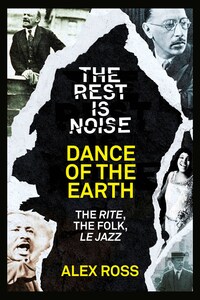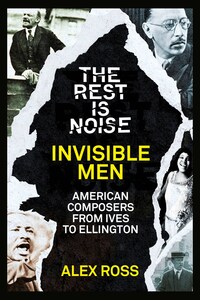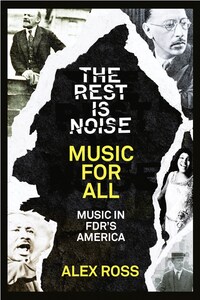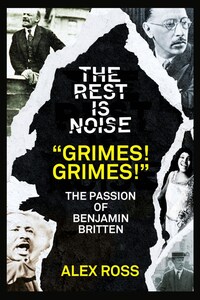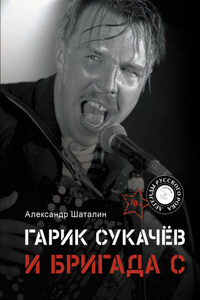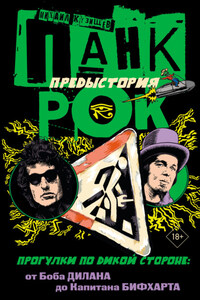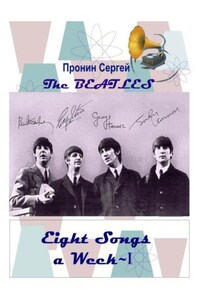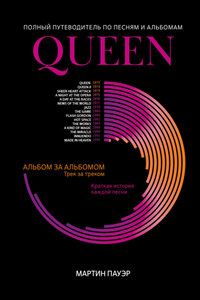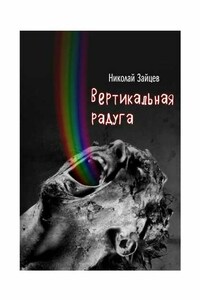3 DANCE OF THE EARTH
TheRite, the Folk,le Jazz
May 29, 1913, was an unusually hot day for Paris in the spring: the temperature reached eighty-five degrees. By late afternoon a crowd had gathered in front of the Théâtre des Champs-Élysées, on the avenue Montaigne, where Serge Diaghilev’s Ballets Russes was holding its spring gala. “There, for the expert eye, were all the makings of a scandal,” recalled Jean Cocteau, then twenty-three. “A fashionable audience in décolletage, outfitted in pearls, egret headdresses, plumes of ostrich; and, side by side with the tails and feathers, the jackets, head-bands, and showy rags of that race of aesthetes who randomly acclaim the new in order to express their hatred of the loges ... a thousand nuances of snobbery, super-snobbery, counter-snobbery ...” The better-heeled part of the crowd had grown wary of Diaghilev’s methods. Disquieting rumors were circulating about the new musical work on the program—The Rite of Spring, by the young Russian composer Igor Stravinsky—and also about the matching choreography by Nijinsky. The theater, then brand-new, caused a scandal of its own. With its steel-concrete exterior and amphitheater-like seating plan, it was deemed too severe, too Germanic. One commentator compared it to a zeppelin moored in the middle of the street.
Diaghilev, in a press release, promised “a new thrill that will doubtless inspire heated discussion.” He did not lie. The program began innocuously, with a revival of the Ballets Russes’ Chopin fantasy Les Sylphides. After a pause, the theater darkened again, and high, falsetto-like bassoon notes floated out of the orchestra. Strands of melody intertwined like vegetation bursting out of the earth—“a sacred terror in the noonday sun,” Stravinsky called it, in a description that had been published that morning. The audience listened to the opening section of the Rite in relative silence, although the increasing density and dissonance of the music caused mutterings, titters, whistles, and shouts. Then, at the beginning of the second section, a dance for adolescents titled “The Augurs of Spring,” a quadruple shock arrived, in the form of harmony, rhythm, image, and movement. At the outset of the section, the strings and horns play a crunching discord, consisting of an F-flat-major triad and an E-flat dominant seventh superimposed. They are one semitone apart (F-flat being the same as E-natural), and they clash at every node. A steady pulse propels the chord, but accents land every which way, on and off the beat:
one two three four five six seven eight
one two three four five six seven eight one two three four five six seven eight one two three four five six seven eight
Even Diaghilev quivered a little when he first heard the music. “Will it last a very long time this way?” he asked. Stravinsky replied, “Till the end, my dear.” The chord repeats some two hundred times. Meanwhile, Nijinsky’s choreography discarded classical gestures in favor of near-anarchy. As the ballet historian Lynn Garafola recounts, “The dancers trembled, shook, shivered, stamped; jumped crudely and ferociously, circled the stage in wild khorovods.” Behind the dancers were pagan landscapes painted by Nicholas Roerich—hills and trees of weirdly bright color, shapes from a dream.
Howls of discontent went up from the boxes, where the wealthiest onlookers sat. Immediately, the aesthetes in the balconies and the standing room howled back. There were overtones of class warfare in the proceedings. The combative composer Florent Schmitt was heard to yell either “Shut up, bitches of the seizième!” or “Down with the whores of the seizième!”—a provocation of the grandes dames of the sixteenth arrondissement. The literary hostess Jeanne Mühlfeld, not to be outmaneuvered, exploded into contemptuous laughter. Little more of the score was heard after that. “One literally could not, throughout the whole performance, hear the sound of music,” Gertrude Stein recalled, no doubt overstating for effect. “Our attention was constantly distracted by a man in the box next to us flourishing his cane, and finally in a violent altercation with an enthusiast in the box next to him, his cane came down and smashed the opera hat the other had just put on in defiance. It was all incredibly fierce.”
